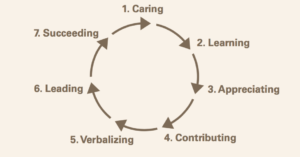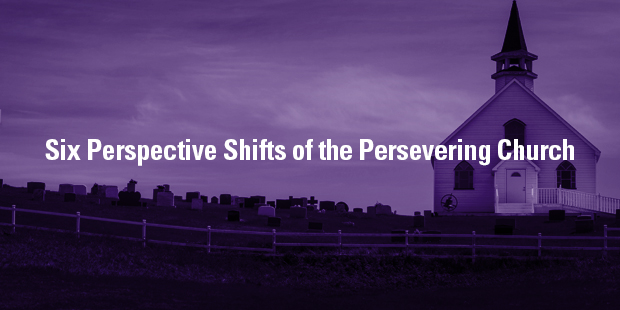
Effective Peer Leader-shift: Creating Collaboration
Leaders, by definition (if not practice) have followers. Leaders find, recruit, and train followers for specific tasks. While this is an important task in any organization, a leader who can only lead followers is limited. To make it to the next level of leadership, a leader must be able to lead other leaders – those alongside them.
Leading peers is a unique challenge, no matter what organization a leader is part of. A highly competent leader who is seen – rightly or wrongly – to have considerable influence with his boss is often at a disadvantage when it comes to peer-to-peer relationships.
To succeed at leading alongside your peers, you must work at giving your colleagues reasons to respect and follow you. You do that by helping them win, and in doing so, you will not only help your organization but you will also help yourself.
THE QUICK SUMMARY – The Power of Peers by Leon Shapiro and Leo Bottary
Birds of a feather flock together. We’re all in the same boat. Great minds think alike.
While just figures of speech to some, they reflect a simple truth–it’s the company we keep that often determines the level of personal growth and professional success we achieve in life. Business leaders exchange information and ideas. They network to make deals and build partnerships. They work together to optimize best practices, and they reach out to leaders outside their companies to accelerate growth. Simply put, CEOs and business leaders provide value to one another that they can’t find anywhere else.
In The Power of Peers, authors Leon Shapiro and Leo Bottary introduce peer advantage, a concept that transcends peer influence. This is what CEOs and business leaders experience when they are more selective, strategic, and structured in the way they engage their peers. Peer advantage gives CEOs the insights to compete and the courage to act.
The Power of Peers features stories of business leaders from a range of industries to illustrate the five essential factors for peer advantage, how it impacts personal growth and why it has proven so effective in helping leaders identify future opportunities and challenges. It’s what top, growth-oriented executives have relied upon for decades to be successful in business and in life.
A SIMPLE SOLUTION – Create valuable team interaction
A gathering of peers often provides a rich environment for discussion leading to potential solutions to a problem. However, these types of skilled discussions require a framework of safety and the firm belief that everything that happens in the room stays in the room.
When repeated often, these skilled discussions can lead to creating close ties among the members of the group, leading to a high-performing team who excel in pursing perfection.
A well-defined, proven process with specific rules of engagement is essential for fostering the sense of efficacy required to bring serious matters to a group of peers.
Consider valuable interaction in terms of a conversation where all the participants are engage. They understand precisely what’s being talked about and are prepared to ask insightful questions that inspire focus and clarity of all the participants.
A skilled discussion is designed to fully examine a situation and separate good ideas form bad ones in the hope that the best ideas or solutions will rise to the top. A discussion lacking a process or discipline can easily devolve, so members end up simply sharing information, tossing out ideas, and selling those ideas. In a free-flowing discussion, it’s not uncommon for the group to reach decisions that are either based on incomplete information or are influenced in a particular direction by and individual in the room who has a strong personality. In these instances, the nod goes to the best advocates, not necessarily to the strongest idea.
These rich, skilled discussions don’t happen by accident. Skilled discussions are possible when participants use a framework to optimize and accelerate conversations from simple sharing to meaningful dialogue and action.
Leon Shapiro and Leo Bottary, The Power of Peers
A NEXT STEP
To utilize the concept of skilled discussion, use the following fishbowl technique with your leadership team.
Take the lead in demonstrating this technique by choosing an issue in which you would like feedback from your team.
Divide the team in half. Ask half the team to join you in a small circle in an active discussion about the issue. The other half of the team remains outside the circle, listening and gathering data, but not interacting with the inner circle. In each half, designate one individual to be a “smart guide” (see below).
After a period of time, switch the outside group with the inside group, so the “outsiders” take what they heard and interject it into the process. Because they have had time to observe and process the first discussion, they often have better questions and insights.
After another period of time, switch the groups a final time discussion.
The person in the middle – the smart guide – has been given the opportunity to engage in deep conversations with a smaller group in stages, rather than working with the whole group at once.
During the inner circle discussions, from time to time have the smart guide ask this question: “If you were the one who had to solve this problem, what recommendations would you give yourself?” This additional step often interjects a unique and valuable contribution from a different perspective.
Excerpt taken from SUMS Remix 79-3, issued November 2017.
This is part of a weekly series posting excerpts from one of the most innovative content sources in the church world: SUMS Remix book excerpts for church leaders.
SUMS Remix takes a practical problem in the church and looks at it with three solutions; each solution is taken from a different book. Additionally, a practical action step is included with each solution.
As a church leader you get to scan relevant books based on practical tools and solutions to real ministry problems, not just by the cover of the book. Each post will have the edition number which shows the year and what number it is in the overall sequence. (SUMS Remix provides 26 issues per year, delivered every other week to your inbox).
>> Subscribe to SUMS Remix <<

Tags: Peer Leaders, SUMS Remix, The Power of Peers































